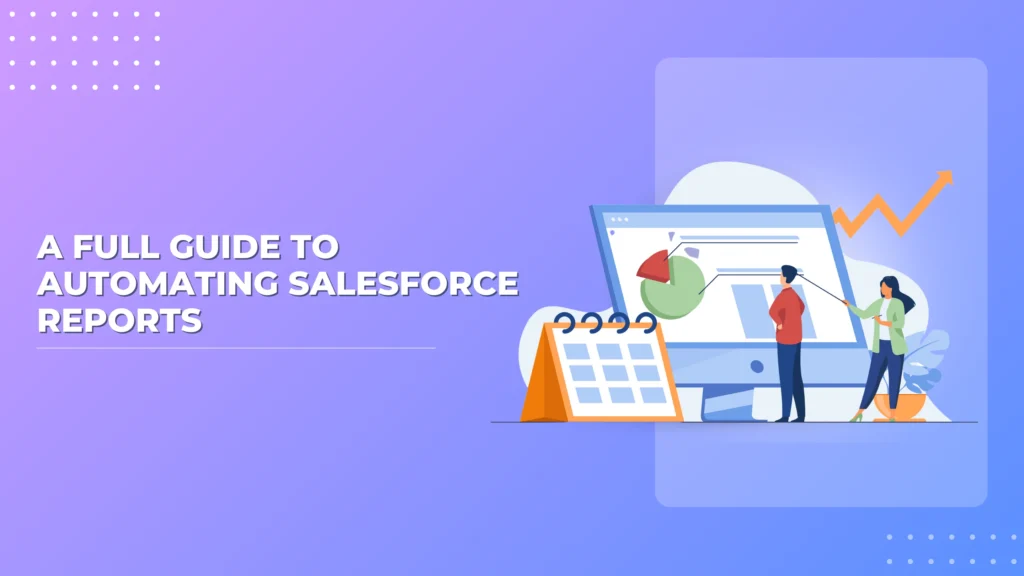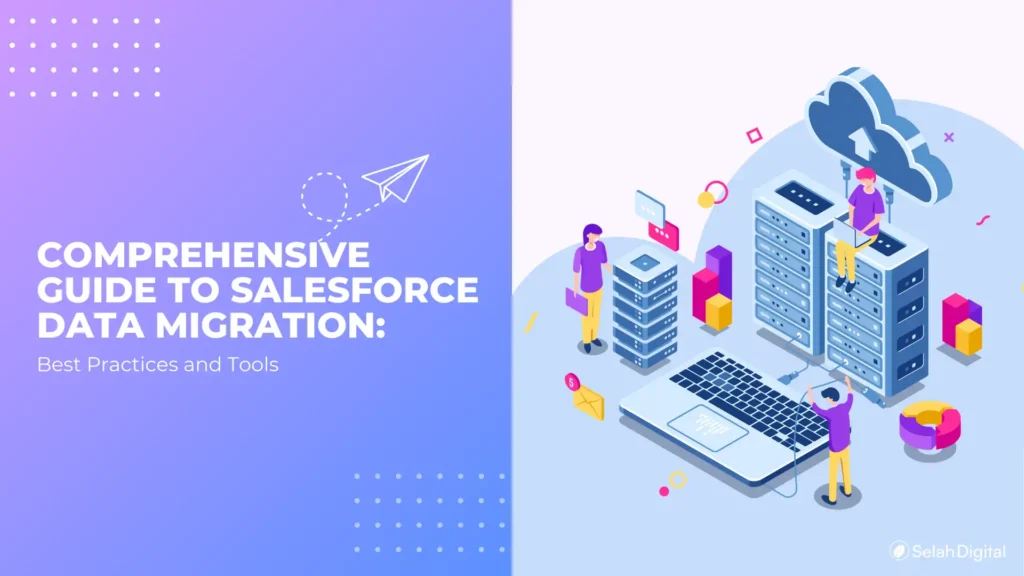
Introduction
Salesforce is an incredibly powerful tool that helps manage customer relationships, sales activities, and marketing campaigns. One of its most valuable features is the ability to automate reporting. By automating Salesforce reports, your team can save significant time, reduce errors, and make faster, more informed decisions.
Why Automating Salesforce Reports is Crucial for Your Business
In today’s fast-paced business environment, automating reports isn’t just helpful—it’s essential. Manual reporting can be time-consuming, prone to mistakes, and inefficient. Automated reports, on the other hand, offer reliable, timely, and accurate insights directly to your inbox, allowing your team to focus on strategy rather than repetitive tasks.
What are Scheduled Reports in Salesforce?
Understanding Salesforce Scheduled Reports
Scheduled reports in Salesforce automatically generate and send essential information to your email or your team’s inbox at predetermined intervals. This automation eliminates the hassle of manually pulling reports, ensuring the necessary data reaches the right people exactly when they need it.
Key Benefits of Automating Salesforce Reporting
- Time Efficiency: Frees your team from repetitive tasks.
- Improved Accuracy: Minimizes errors from manual input.
- Consistency: Regular, timely delivery of data.
- Better Decision-Making: Provides immediate insights to guide actions.
- Enhanced Productivity: Enables your team to focus on high-value tasks.
Step-by-Step Guide: How to Schedule Reports in Salesforce
Step 1: Creating Your Salesforce Report
Choosing the Right Report Type
Begin by navigating to the ‘Reports’ tab in Salesforce and clicking ‘New Report.’ Select a report type relevant to your objectives, such as sales performance, lead conversion, or customer service metrics.
Customizing Report Criteria and Layout
Customize your report by adding appropriate filters, grouping data logically, and selecting relevant columns. This ensures clarity and relevance, making the report more actionable for your team.
Step 2: Scheduling Your Salesforce Report
Setting Frequency and Delivery Time
After creating your report, click ‘Run’ and then ‘Subscribe.’ You can choose the frequency of delivery (daily, weekly, monthly) and the exact time you wish the report to be sent.
Selecting Report Recipients
Specify who should receive the scheduled report. Recipients can be individuals or groups within your organization who need regular access to the report’s insights.
Ensuring Secure and Compliant Report Delivery
Always ensure sensitive information is delivered securely by managing user permissions carefully. Salesforce helps maintain compliance through automated controls.
Step 3: Managing Scheduled Reports
Editing an Existing Report Schedule
Access the ‘Reports’ tab, click on ‘Subscriptions,’ and select the report schedule you want to modify. Adjust the settings, such as recipients, timing, or frequency.
Pausing and Resuming Report Schedules
If a report is temporarily not needed, you can pause it and later resume the schedule when necessary. This flexibility helps manage your reporting efficiently.
Deleting Unnecessary Report Schedules
Regularly audit your scheduled reports and delete those that no longer serve your team’s goals, keeping your reporting dashboard organized and relevant.
Pro Tips for Optimizing Salesforce Scheduled Reports
Best Practices for Naming Scheduled Reports
Use clear, descriptive names that identify the purpose and audience of each report, making it easy for users to understand their content at a glance.
Organizing Scheduled Reports for Maximum Efficiency
Group your reports into relevant folders and categorize them by function or department, ensuring ease of access and management.
Leveraging Scheduled Reports for Improved Decision-Making
Integrate report insights into regular team meetings and discussions, proactively driving strategic decisions based on current data.
Common Issues and Troubleshooting
How to Handle Salesforce Report Scheduling Limitations
Salesforce has limits on scheduled reports per user. Plan effectively by combining reports or adjusting user permissions to maximize available resources.
Resolving Common Errors When Scheduling Reports
Check for common issues like incorrect email addresses, permission settings, or subscription limitations. Regularly review your settings to prevent disruptions.
Advanced Reporting Automation (Bonus Tips)
Integrating Scheduled Salesforce Reports with Slack and Email
Boost your team’s collaboration by integrating scheduled reports directly with tools like Slack and email, ensuring instant notifications and easy access.
Automating Reports with Salesforce Flow
Utilize Salesforce Flow for advanced automation, creating complex reporting workflows that streamline data processing and distribution effortlessly.
Frequently Asked Questions (FAQs)
- Can I schedule reports for multiple recipients? Yes, you can easily schedule reports to be delivered to multiple recipients.
- What should I do if my scheduled report is not delivering? Check the recipient’s email addresses, permissions, and Salesforce settings.
- Are there limits to the number of reports I can schedule? Yes, Salesforce typically imposes limits based on your subscription type.
Conclusion
Streamline your Salesforce reporting to boost productivity and decision-making capabilities by automating routine reporting tasks.
Additional Resources
Related Salesforce Reporting Tutorials
Salesforce Report Automation Tools


